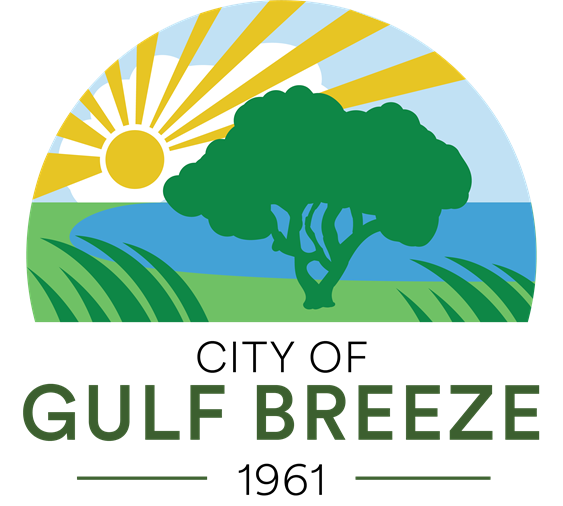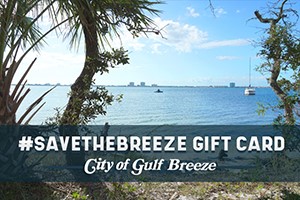Outdoors
Water usage during the summer months can dramatically increase due to lawn and garden care. Water conservation doesn’t mean that your lawn has to be brown. Instead using some saving tips can keep your lawn and garden healthy, and your water bill down.
The utility is in a water resource caution area and is not allowed to issue irrigation only meters. This restriction protects the valuable potable water source by discouraging the use of potable water. The city recommends that residents use wells, rain barrel storage, and low water use landscaping (xeriscape) instead. The use of potable water for irrigation will result in unwanted sewer charges, as the utility is not allowed to give credit for irrigation purposes.
No matter what source you use, watering lawns on a fixed schedule is the number one waster of water. Water lawns when they need it. Temperatures, sun exposure and rainfall in the summer can vary greatly. Waiting till your lawn needs watering can save you time, water and money.
When you do need to water, avoid hot and/or windy days. Otherwise, the water will likely evaporate before it can get to your grass. Ideally water on cooler, cloudier days. Or if during a heat spell, water in the early morning when the lawn is coolest.
Letting the water sink in slowly will prevent water from running into gutters and storm drains. Giving water a chance to sink in deep will improve the look and quality of your lawn in addition to not needing to be watered as often. Check sprinkler head alignment often, to prevent spraying in the road.
Premium Water Conservation Kit
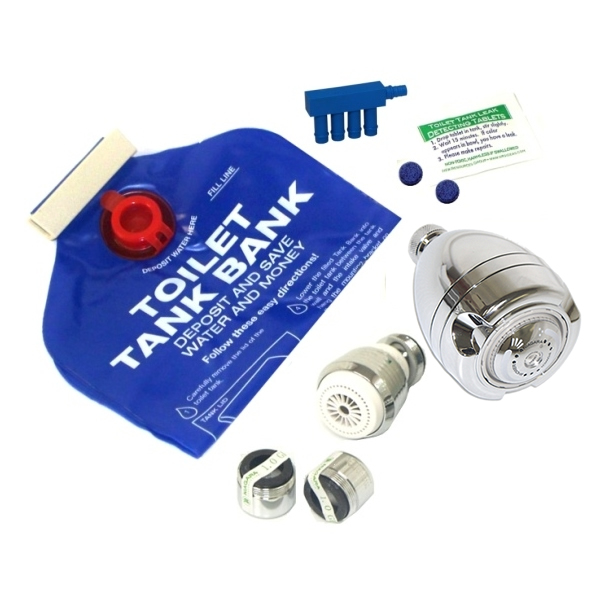
The City of Gulf Breeze and Gulf Breeze Regional Water System are pleased to offer this Water Conservation Kit to it’s residents at no cost! This kit contains water saving devices that are easy to install.
Kit contains:
(1) Chrome 1.5 gpm showerhead
(2) 1.0 gpm faucet aerators
(1) 1.5 gpm swivel kitchen aerator
(1) Packet of toilet leak detection tablets
(1) Toilet tank bank
(1) Toilet fill cycle diverter (Supplies may be limited)
Bathrooms
About 50% of home water use is in the bathroom. Taking care of how much water needlessly goes down the drain will help reduce your water bill.
Toilets
A single toilet flush sends four gallons of water down the drain. A simple way to reduce water use is to not flush things that can easily be thrown in a trash can, such as facial tissues, cigarette butts or even spiders!
Toilets often use more water than necessary. Displacing some of the water in your toilet tank can fool your toilet into using less water. Use a plastic bottle (such as an empty laundry detergent bottle) filled with water and place it in your toilet tank. Be sure to place it away from the flushing mechanism so it doesn’t jam.
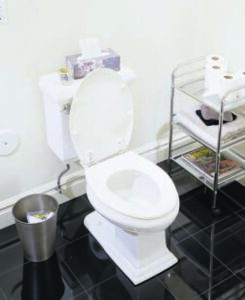
Hidden toilet leaks are some of the most notorious water wasters. They can quickly leak hundreds of gallons a day down the drain. Checking your toilet for leaks is not difficult and only takes a few minutes. Drop a small amount of food coloring in your toilet tank. Wait about 30 minutes and check to see if any colored water has leaked into your toilet bowl. If so, you have a leak! It is most likely a flapper leak, a relatively simple fix for an average homeowner, and simple for any plumber.

Showers and Bathtubs
A shower can use just as much water as bath or even more! A shower uses between three and eight gallons a minute. Most showers are between 10 and 20 minutes, which can add up to a lot of water. A long shower uses just as much water or more compared to a full bath. However, a short shower uses less. Taking shorter showers can dramatically save on water.
Sinks
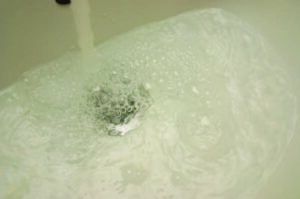
Standing at the bathroom sink is where most of us get ready in the morning. However, standing there while the water is running can send five gallons a minute down the drain. Try turning off the water while brushing your teeth. That can save up to ten gallons of water every time your brush your teeth!
Kitchens
Dishwashers use the majority of the water in the kitchen. The best way to save water is to make sure you dishwasher loads are full. A dishwasher uses the same amount of water whether full or half empty. Most modern dishwashers are made to wash un-rinsed dishes. Save water by not pre-rising dishes and scraping excess food into a trash can.
When washing dishes by hand, you can save water by filling one sink with soapy water and filling another with rinse water. The dishes get just as clean and can save you quite a bit of water.
When washing vegetables or fruit, fill the sink with water and wash them all at the same time. Not letting the water run endlessly saves water.
Tap water is perfect for drinking, but letting the faucet run to get cold can waste a lot of water. Keep a pitcher of water in the fridge for nice cold drinking water whenever you want it.
Laundry
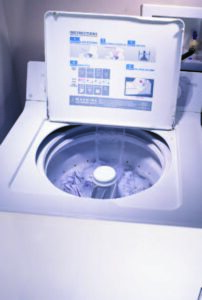
Much like dishwashers, laundry machines use the same amount of water whether full or empty. Laundry machines use 40 gallons of water or more. Making sure that your laundry machine is full ensures you aren’t wasting any water. Some laundry machines can adjust the size of the load being washed. Make sure you have it adjusted if you are running less than a full load.
